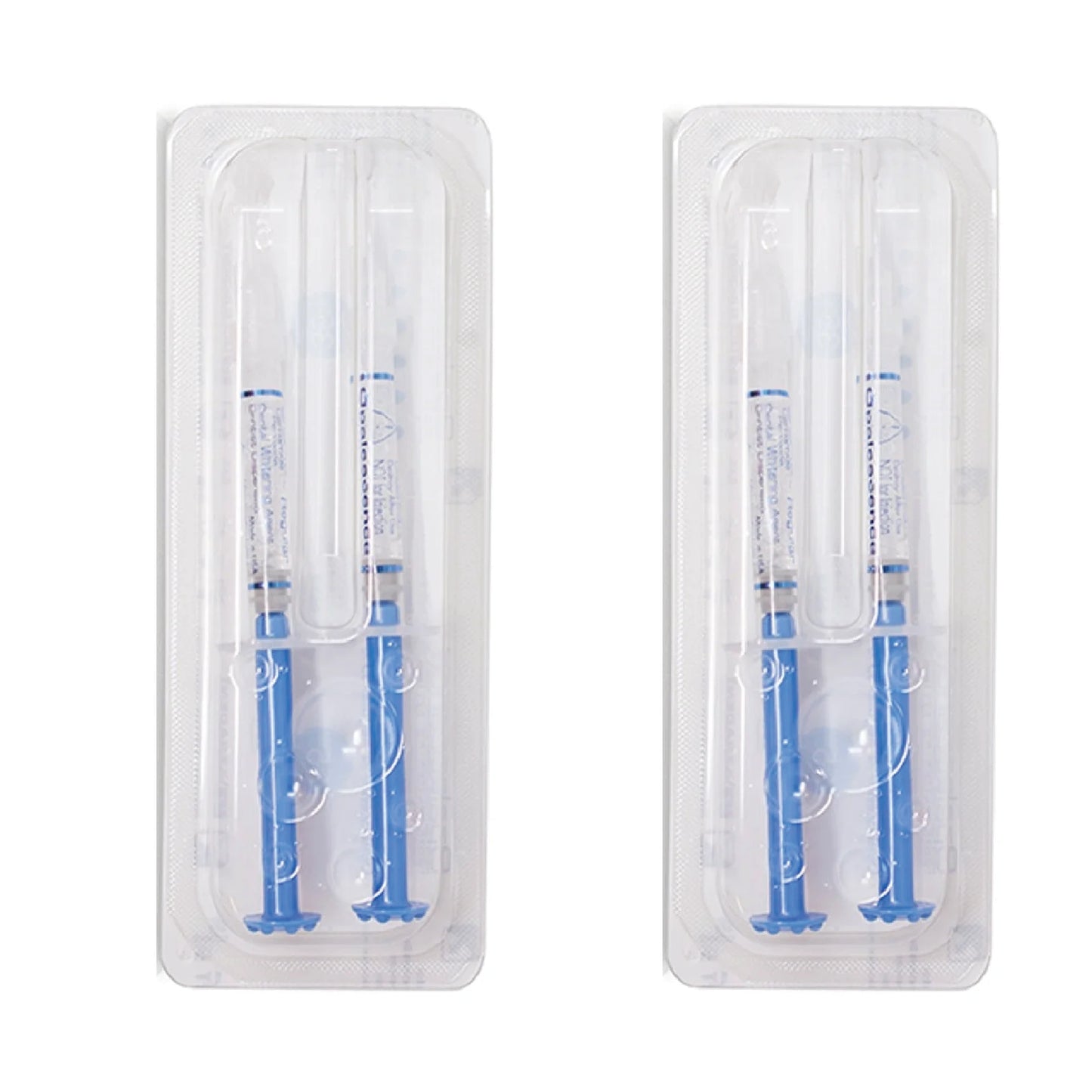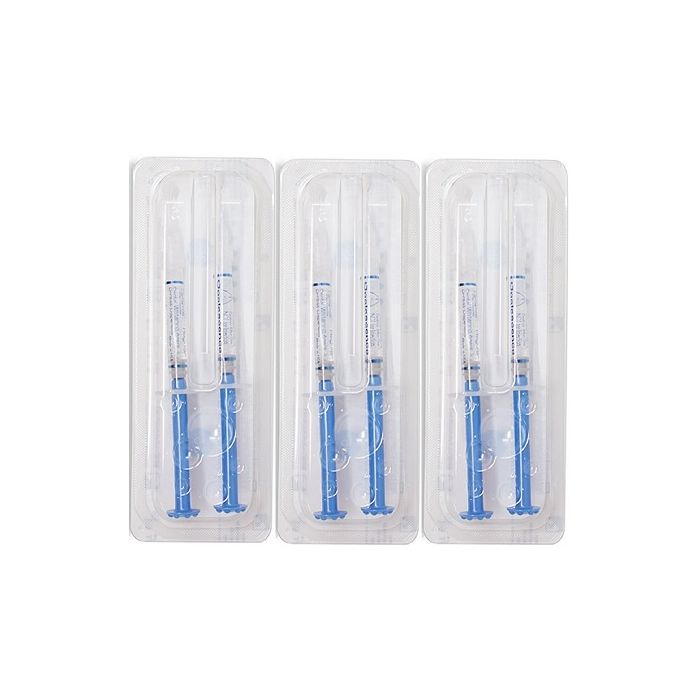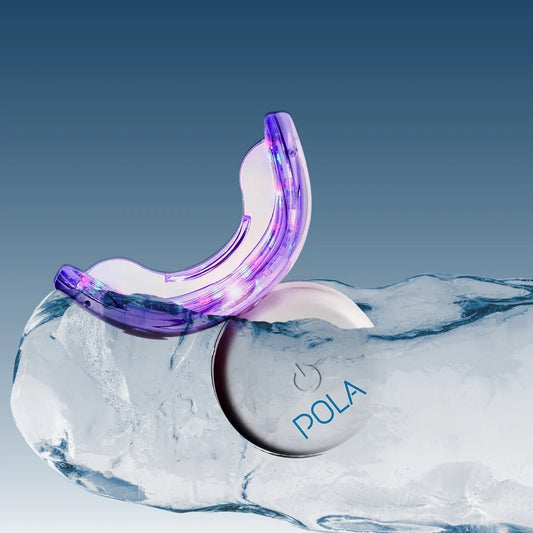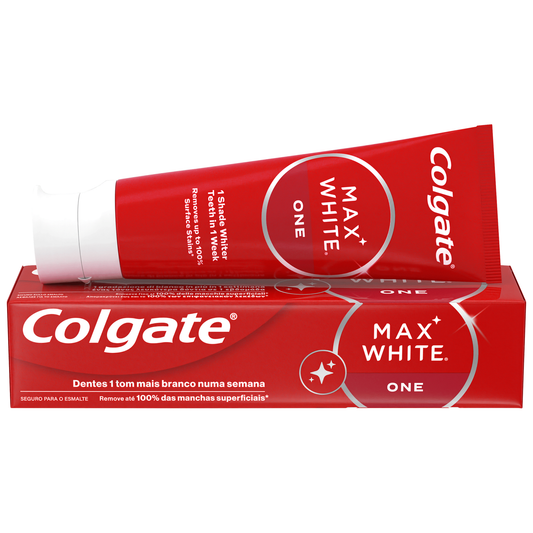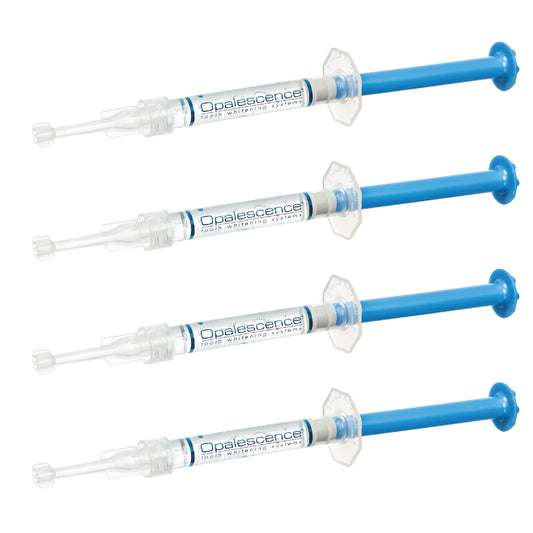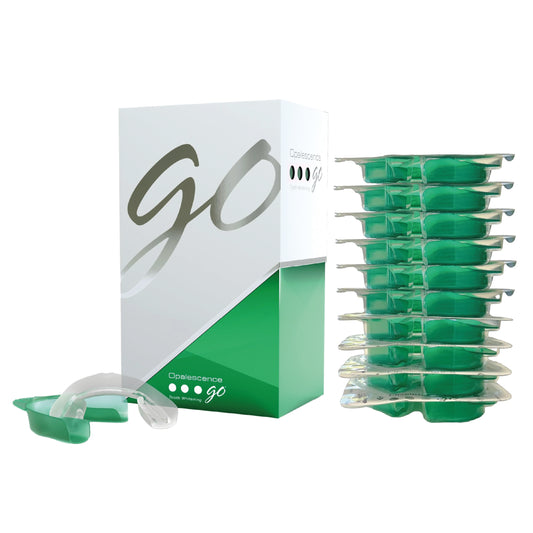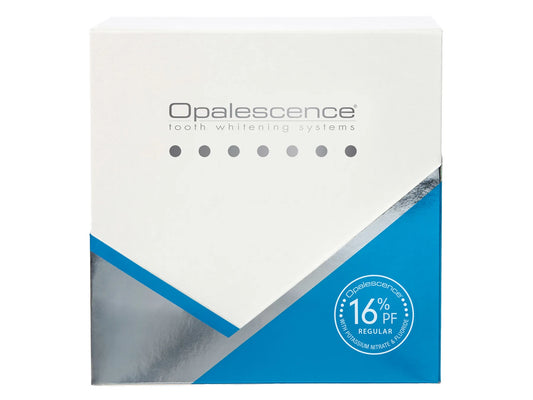Safe teeth whitening at home - how to do it?

Having a white smile continues to be one of the most common aesthetic goals, even with all the changes in beauty trends over time. Feeling confident when smiling opens doors at work, contributes to personal relationships and, above all, improves the perception of well-being. With the emergence of innovative products, many people are looking for effective methods of teeth whitening at home. The search is legitimate, but doubts about effectiveness, safety and durability remain. Understanding what works, what options are available and what dental care should be taken is essential before moving forward with any procedure in the comfort of your own home.
Why do teeth become stained or yellow?
The natural shade of teeth varies from person to person, but several factors can contribute to their darkening:
- Regular consumption of coffee, tea or red wine
- Smoking cigarettes or using other tobacco products
- Poor oral hygiene
- Natural aging of enamel
- Some medications (tetracycline, for example)
- Trauma or falls that affect the tooth while it is still forming
Even with good hygiene habits, it is normal for your smile to lose its initial shine over the years, making teeth whitening an attractive option. This is where the interest in restoring whiteness comes in, whether through in-office or at-home treatments.
What is at-home teeth whitening?
When we talk about home whitening, we immediately think of practicality, discretion and time-saving. There are two main types of home procedures:
- Products purchased in pharmacies or supermarkets, for direct use, without a prescription
- Kits provided by oral health professionals, customized and supervised by a dentist
The available products vary in their active components, application methods and even recommended usage time.
| Product Type | active agent | Professional supervision | Personalization | Security | Effect duration |
|---|---|---|---|---|---|
| Whitening strips | Hydrogen peroxide/carbamide | No | No | Average | 1-6 months |
| Standard mold application gels | Carbamide/hydrogen peroxide | No | Partial | Average | 1-6 months |
| Custom office kits | Carbamide/hydrogen peroxide | Yes | Yes | High | 6-18 months |
| Whitening toothpastes | Mild abrasives, peroxide | No | No | High (moderate use) | Variable |
Is it safe to do teeth whitening at home?
The first concern for those considering this type of procedure is safety. As long as the products are used as indicated by the manufacturer and, preferably, under the guidance of a dentist, home application is considered safe in most cases.
However, abuse, repeated use without control or application of homemade recipes of dubious origin can result in:
- Increased tooth sensitivity
- Gum irritation
- Damage to enamel
- Uneven or unsatisfactory results
Customizing the kits prescribed by dentists drastically reduces risks. The molds are custom-made, ensuring better contact of the product with the tooth surface and avoiding contact with soft tissue.
How do bleaching agents work?
The two most common ingredients are carbamide peroxide and hydrogen peroxide. Once applied, they release oxygen, penetrating the enamel and breaking down the molecules that cause stains. The teeth whitening process can take days or weeks. The concentration of the active ingredient determines the speed and intensity of the whitening.
Experience has shown that high concentrations, especially without supervision, do not increase efficacy in proportion to the risk of adverse effects.
Routines and recommendations: how to whiten responsibly?
A responsible and informed routine is the key to achieving the desired white without compromising oral health and ensuring proper dental care. Here are some practical tips:
- Prior consultation with the dentist Before starting any treatment, even at home, it is essential to assess whether there are cavities, gum problems or restorations that could be affected by the product.
- Certified choice Always choose products that have been approved by health authorities. Avoid homemade recipes based on abrasive ingredients such as bicarbonate, activated charcoal or lemon.
- Respect the frequency and time of use More does not mean better. The time stipulated in the instructions must be respected to avoid exaggerated sensitivity.
- Strict oral hygiene Brush your teeth before applying the whitening agent, but avoid brushing immediately after removing it, as the enamel is more vulnerable in the following minutes.
- Controlled feeding during treatment During the whitening cycle, reduce pigmented and acidic foods. This will amplify the effectiveness and durability of the results.
What to realistically expect from home treatments?
Results vary depending on the shade of foundation, the type of stain and genetics. It is unlikely that a home-made product, even when used correctly, will match the immediate impact of in-office treatments with higher concentrations or activating lights. However, for those who want to discreetly lighten their teeth a few shades and maintain stable oral health, home-made solutions are a valid option.
No less important: crowns, veneers or restorations do not undergo color changes. Whitening only affects natural teeth.
“Miracle” home treatments: a critical look
The internet is full of suggestions for homemade mixtures and instant methods. It is important to avoid dangerous shortcuts, such as:
- Excessive bicarbonate or activated charcoal: can wear down the enamel
- Lemon juice or vinegar: acids, weaken and corrode teeth
- Unknown products purchased online, without certification
Oral health is not a place for unvalidated experiments. Only through professional advice and accurate information can irreversible damage be avoided.
Advantages and limitations of at-home teeth whitening
It is important to weigh up not only aesthetic expectations, but also individual needs. The following table summarizes the main pros and cons:
| Advantage | Limitation |
|---|---|
| Discretion – home made, at your own pace | Slower results |
| Economy compared to the office | Lower power of agents |
| Regular maintenance made easy | Does not work on all types of stains |
| Customization when prescribed by a dentist | Risk of incorrect use without supervision |
| Generally painless when properly guided | Potential for sensitivity if misused |
Strategies to prolong results
After investing in teeth whitening, maintaining the results for as long as possible is a legitimate concern. There are small actions that can make a difference:
- Avoid smoking
- Limit your intake of coffee, red wine, black tea and colored drinks
- Use a straw for pigmented drinks whenever possible.
- Brush your teeth twice a day and floss as part of your dental care routine.
- Have regular cleanings at the dentist
There are those who resort to maintenance sessions — quick and spaced applications of the same product — always under professional recommendation.
Frequently Asked Questions
Do home treatments work for everyone? The impact varies. External stains (tobacco, food) respond better than internal stains (medications, trauma).
How long do the results last? Typically between 6 months and 2 years, depending on habits.
What to do if you feel sensitive? Stop treatment and inform your dentist. Desensitizing products may be recommended.
Can I whiten just one darkened tooth? It depends on the cause. In these cases, professional evaluation is mandatory.
Proper information, monitoring by a dentist and adopting regular habits not only guarantee a whiter smile, but above all a healthier one. Home teeth whitening options are available, but they should always be combined with common sense and responsibility. Your smile will thank you.
Safe Methods for Whiter Teeth
- Prior consultation : Assess possible dental problems before starting treatment.
- Certified choice : Use approved products and avoid dubious homemade recipes.
- Respect for use : Follow the time and frequency indicated by the manufacturers.
- Oral hygiene : Brush before application and avoid pigmented foods during treatment.
- Follow-up : Always consult your dentist for guidance and maintenance.
Products recommended by Hey Whitening
- Pola Light Led : See Pola Light Led here .
- iWhite : See whitening strips here .




